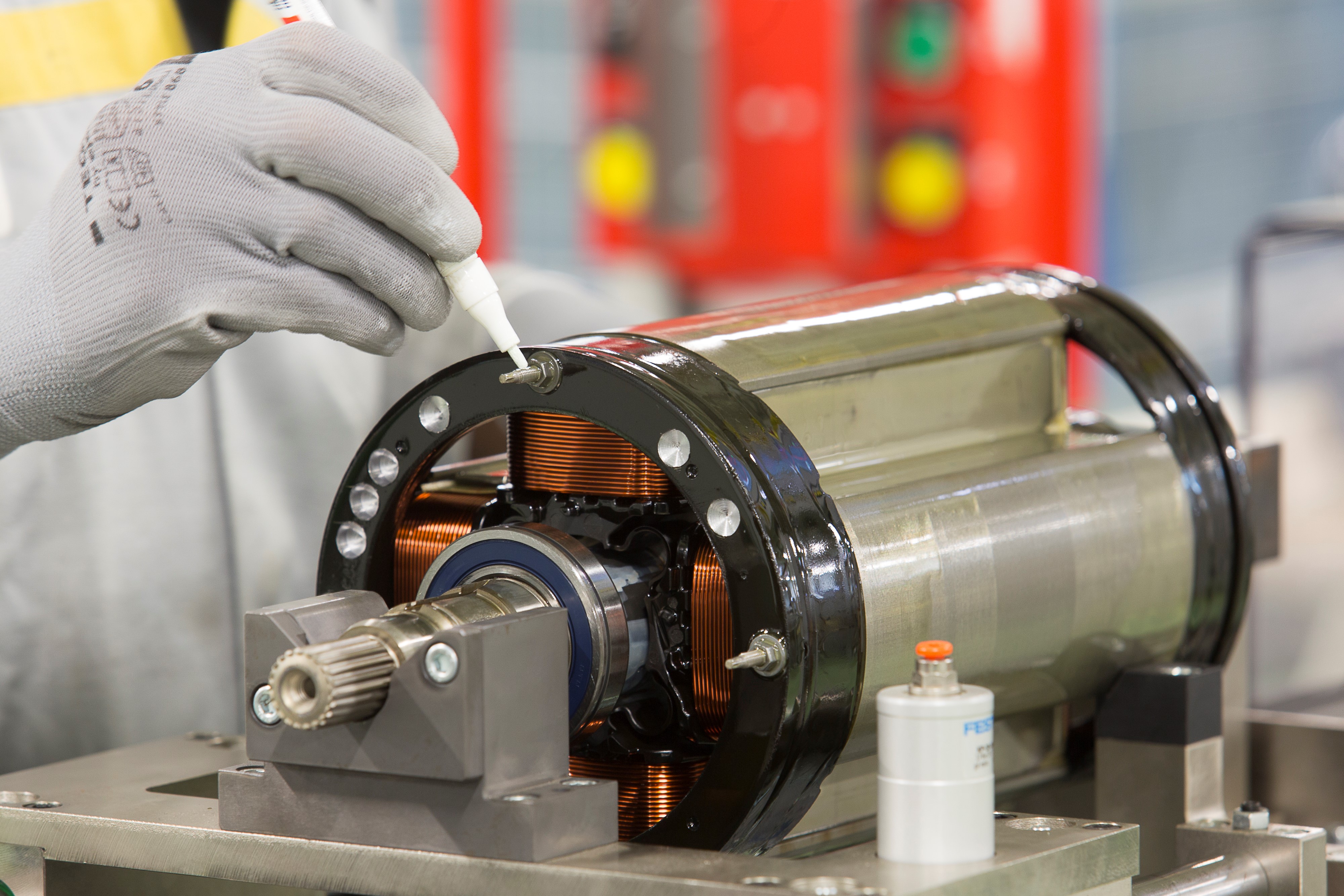Car Combustion Stoichiometry Tan

Car Combustion Stoichiometry Tanks
Air–fuel ratio (AFR) is the mass ratio of air to a solid, liquid, or gaseous fuel present in a combustion process. The combustion may take place in a controlled manner such as in an internal. The stoichiometric mixture for a gasoline engine is the ideal ratio of air to fuel that burns all fuel with no excess air. For gasoline fuel, the. Spray combustion interactions are evaluated by the flame lift-off length - the distance from the injector orifice to the location of hydroxyl luminescence closest to the injector in the flame jet. Energy & Society Combustion 2 Table of Contents 1. Introduction 3 2. Energy Sources & Use 4 2.1. Energy use worldwide 4 2.2. Energy use in the United States 6 Sources of energy data 82.3. Types of Fuels 9 Solid fuels 9 3.1. Gas and liquid fuels 11 4. Combustion Stoichiometry 12 4.1. Combustion in an idealized atmosphere 12 4.2. Combustion in.
Car Combustion Stoichiometry Tangent
The physical and chemical characteristics that influence the conversion of fuel nitrogen to nitrogen oxides during coal char combustion were theoretically examined by using a simplified model in which nitric oxide is an intermediate product between fuel nitrogen and N 2. It was found that diffusion鈥恟eaction interactions were important in determining the selectivity of the char particle toward nitric oxide production. At low temperature fluidized bed combustion conditions, pore size is important, and low conversion of fuel nitrogen to nitric oxide is favored by long narrow pores. Under high temperature, pulverized coal combustion conditions, the model provided insight into mechanisms of nitric oxide formation and predicted the observed weak temperature dependence of fuel nitrogen conversion, as well as a significant effect of particle size.